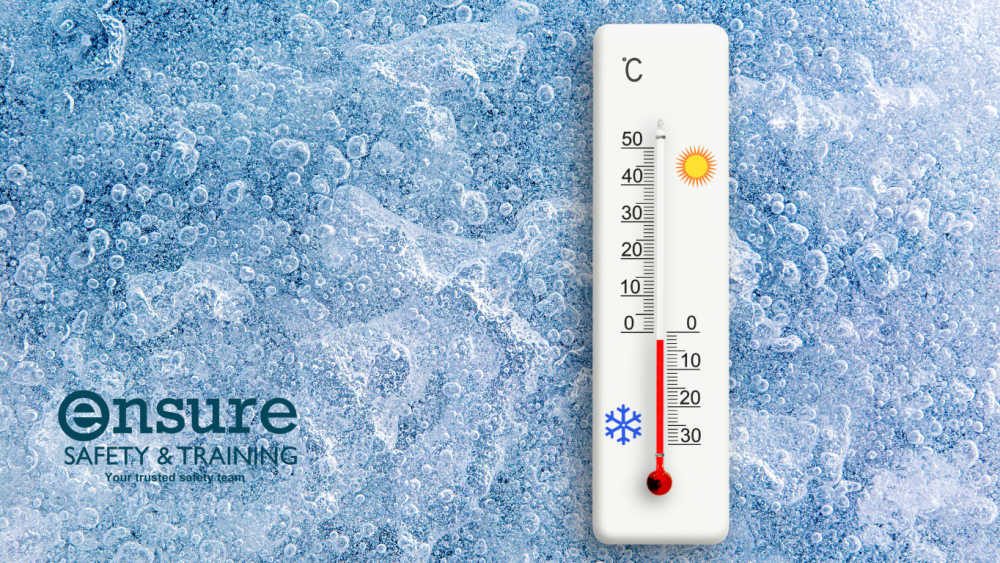Temperatures often soar or plummet in the UK, finding the right balance in the workplace can become a challenge. Extreme heat in the summer and chilly winters can impact employees’ well-being, productivity, and overall job satisfaction. It is crucial for employers to recognize these challenges and take proactive steps to ensure a comfortable and conducive working environment for their teams.
To combat scorching summers, employers can implement several measures. First and foremost, investing in effective air conditioning systems or fans can provide much-needed relief. Encouraging flexible working hours or remote work during the hottest parts of the day can also alleviate discomfort. Additionally, providing access to cold beverages, installing blinds, along with promoting regular breaks in shaded areas can help employees stay cool and focused.
Likewise, during the frosty winter months, employers can prioritize the warmth and well-being of their workforce. Adequate heating systems are essential to maintain a comfortable temperature indoors. (During the summer months is an ideal time to get your heating systems serviced. It can be that during the summer months, parts that may be needed are slightly cheaper than when demand is higher in later months! You’re then prepared for when you need to use your heating systems and won’t be caught out with breakdowns.) Employers can consider providing additional layers of insulation, such as draught excluders or window seals, to minimize cold drafts. Promoting the use of warm attire and offering hot beverages like tea or coffee can also contribute to a cosy working environment.
Remember, a well-regulated work environment not only improves employee satisfaction but also boosts productivity. By addressing extreme temperatures and implementing practical solutions, employers demonstrate their commitment to the well-being of their workforce, fostering a positive and productive workplace culture all year round.
The HSE has shared some great articles asking if it is too hot or cold to work and whilst there’s no law for maximum working temperature, or when it’s too hot to work because every workplace is different, the Workplace (Health, Safety and Welfare) Regulations require employers to provide a reasonable indoor temperature in the workplace.
However, employers must stick to health and safety at work law, including:
• keeping the temperature at a comfortable level
• providing clean and fresh air
• working in cold temperatures
• the minimum temperature in an indoor workplace should normally be at least:
• 16°C or 13°C if much of the work involves rigorous physical effort
For more support, do get in touch.
See this link for more helpful information from HSE
https://www.hse.gov.uk/temperature/employer/index.htm?utm_source=hse.gov.uk&utm_medium=referral&utm_campaign=temp-winter-2223&utm_term=temperature&utm_content=home-page-popular








Comments are closed.